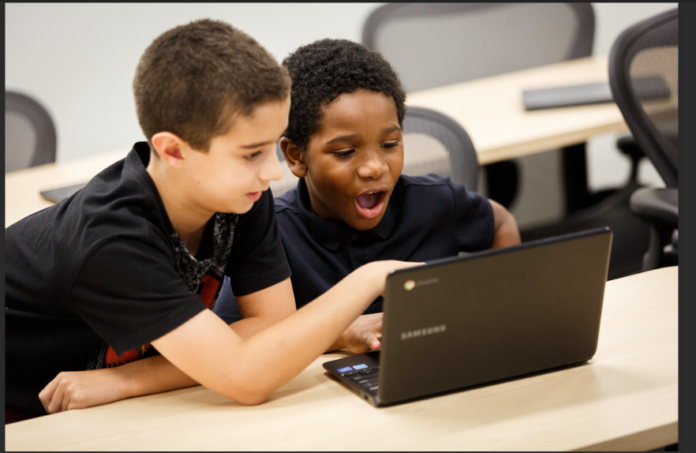Judy Spencer
CSMS Magazine
In recent years, there has been a growing recognition of the importance of social and emotional learning (SEL) in schools. Beyond academic achievement, educators and policymakers are increasingly emphasizing the need to support students’ mental health and social skills. SEL programs play a vital role in addressing these needs, offering a holistic approach to education that fosters emotional intelligence, resilience, and interpersonal relationships.
At the heart of SEL programs are core competencies such as self-awareness, self-management, social awareness, relationship skills, and responsible decision-making. These competencies provide students with the tools they need to navigate life’s challenges effectively, both inside and outside the classroom.
One of the key benefits of SEL programs is their positive impact on students’ mental health. By promoting self-awareness and emotional regulation, these programs help students develop coping strategies to manage stress, anxiety, and other mental health issues. Research has shown that students who participate in SEL programs demonstrate reduced levels of depression and anxiety, as well as improved overall psychological well-being.
Furthermore, SEL programs are instrumental in fostering students’ social skills and interpersonal relationships. Through activities such as group discussions, role-playing exercises, and collaborative projects, students learn how to communicate effectively, resolve conflicts, and build empathy and understanding for others. These skills not only contribute to a positive school climate but also prepare students for success in their personal and professional lives.
Moreover, SEL programs have been linked to improved academic achievement. By addressing the social and emotional factors that can impact learning, such as motivation, engagement, and behavior management, these programs create a conducive environment for academic success. Students who participate in SEL programs demonstrate better attendance, higher levels of engagement in class, and improved academic performance across various subject areas.
The benefits of SEL extend beyond individual students to encompass the entire school community. By promoting a culture of empathy, respect, and inclusivity, SEL programs contribute to a positive school climate where all members feel valued and supported. Teachers report higher levels of job satisfaction and morale in schools that prioritize SEL, while administrators observe a decrease in disciplinary incidents and an increase in student engagement and achievement.
Despite the clear benefits of SEL programs, challenges remain in implementing them effectively. Limited resources, competing priorities, and a lack of training and support for educators can hinder the integration of SEL into the curriculum. Additionally, cultural and contextual factors may influence the relevance and effectiveness of SEL programs in different communities.
Nevertheless, efforts are underway to overcome these challenges and expand access to SEL education. Advocates are calling for increased funding and support for SEL initiatives, as well as professional development opportunities for educators. Moreover, there is growing recognition of the need for culturally responsive SEL programs that acknowledge and celebrate the diverse backgrounds and experiences of students.
In conclusion, social and emotional learning (SEL) programs play a critical role in promoting students’ mental health, social skills, and academic achievement. By cultivating emotional intelligence, resilience, and interpersonal relationships, these programs empower students to thrive in school and beyond. As educators and policymakers continue to prioritize SEL, we can create learning environments that nurture the holistic development of every student, fostering well-being and success for generations to come.
Note: Judy Spencer is our new collaborator. She covers education.
Also, see: Educator provides 7 strategies to combat absenteeism as school reopens


